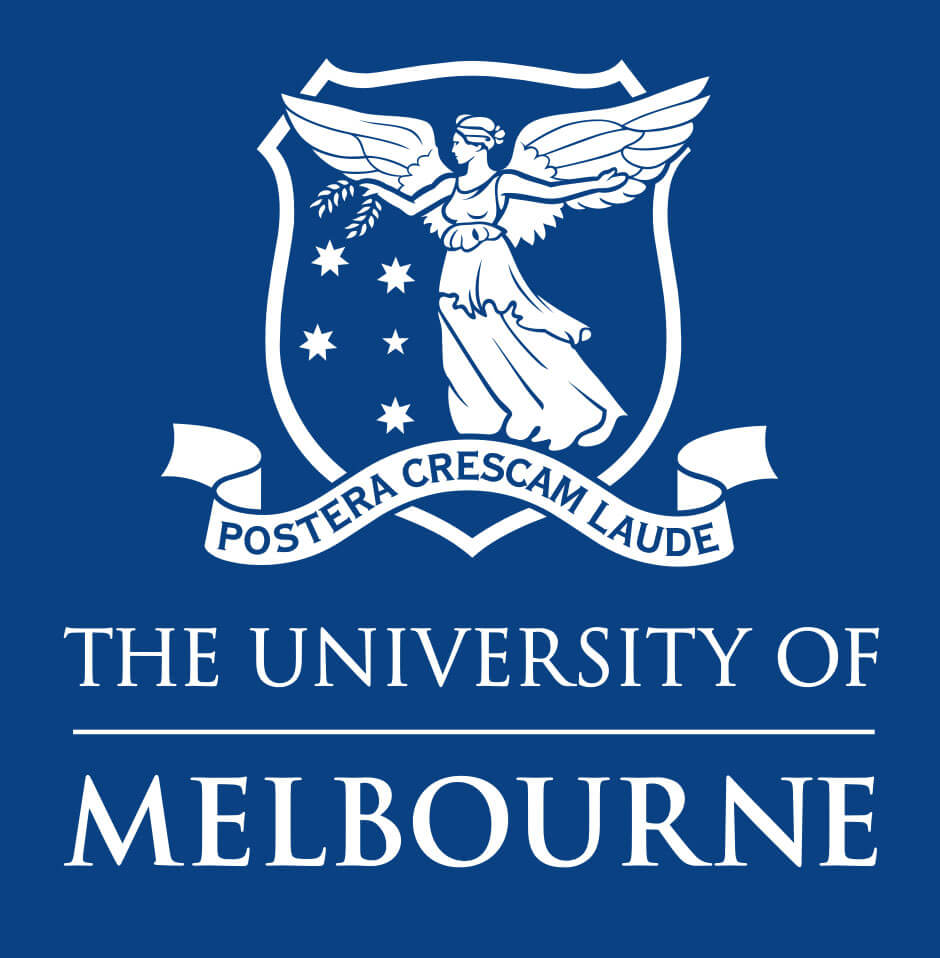





















 Previous
Previous
 Next
Next

















AIMES (Australian Integrated Multimodal EcoSystem) is a world-first integrated transport and technology project, running in real time from the streets of inner-city Melbourne. We have one goal: to link all transport infrastructure and users in cities together to deliver safer, cleaner and more sustainable urban transport.
In a six-square kilometre segment of inner city Melbourne, we have collaborated with more than 50 local and global partners and government bodies to establish the world’s first, and largest, transport ecosystem in a real-world environment.
But it’s not just about the movements of the public transport network, the AIMES connects to all aspects of the transport system, from vulnerable road users like pedestrians, cyclists and drivers using Bluetooth, to sensors placed on buses, trams and trains, to environmental sensors recording pollution and noise in different areas. Using smart sensors placed at intersections, tramways, bus stations and roadsides, our partners are revolutionising the development of vehicle-to-vehicle, vehicle-to-vulnerable road users, and vehicle-to-infrastructure communication systems.


AIMES covers an area of 100km of Melbourne’s inner North and is densely instrumented with a suite of smart sensors and systems.


The AIMES network currently utilises many different types of technology. Each piece of technology serves a specific purpose, obtains valuable data and is fed into the AIMES Internet of Things (IoT) Platform. IoT is connecting physical devices to the Internet so the devices can communicate and interact with each other and be remotely monitored and controlled.


We have distributed smart sensors that provide data in real time across the multimodal network, detecting types of vehicles, their speed, location and what may be nearby such as building works or collisions. This information feeds into the AIMES platform to create a complete and holistic view of the transport environment. This predictive view is made available to road operators and other third parties so they can make decisions about, such as traffic flow and alternative routes, delivering real-time efficiency and safety benefits.
From cars and cyclists, to trams and shuttles, to stationary sensors placed at intersections and roadside cabinets, we are creating an integrated multimodal transport network.




We need to make our transport work harder, by making it work smarter. The University of Melbourne has teamed up with government, leading domestic and international industry partners to trial technology, which will create a sustainable and interconnected transport network. If you’re involved in the productivity, safety or efficiency of the transport system, you’ll want to be involved in the AIMES project.
Contact us if you would like to find out how your organisation can benefit from working with AIMES.

If you would like to hear about the latest news from AIMES sign-up to our newsletter.

AIMES (Australian Integrated Multimodal EcoSystem) is a world-first integrated transport and technology project, running in real time from the streets of inner-city Melbourne. We have one goal: to link all transport infrastructure and users in cities together to deliver safer, cleaner and more sustainable urban transport.
In a six-square kilometre segment of inner city Melbourne, we have collaborated with more than 50 local and global partners and government bodies to establish the world’s first, and largest, transport ecosystem in a real-world environment.
But it’s not just about the movements of the public transport network,the AIMES connects to all aspects of the transport system, from vulnerable road users like pedestrians, cyclists and drivers using Bluetooth, to sensors placed on buses, trams and trains, to environmental sensors recording pollution and noise in different areas. Using smart sensors placed at intersections, tramways, bus stations and roadsides, our partners are revolutionising the development of vehicle-to-vehicle, vehicle-to-vulnerable road users, and vehicle-to-infrastructure communication systems.

AIMES covers an area of 100km of Melbourne’s inner North and is densely instrumented with a suite of smart sensors and systems.


The AIMES network currently utilises many different types of technology. Each piece of technology serves a specific purpose, obtains valuable data and is fed into the AIMES Internet of Things (IoT) Platform. IoT is connecting physical devices to the Internet so the devices can communicate and interact with each other and be remotely monitored and controlled.


We have distributed smart sensors that provide data in real time across the multimodal network, detecting types of vehicles, their speed, location and what may be nearby such as building works or collisions. This information feeds into the AIMES platform to create a complete and holistic view of the transport environment. This predictive view is made available to road operators and other third parties so they can make decisions about, such as traffic flow and alternative routes, delivering real-time efficiency and safety benefits.
From cars and cyclists, to trams and shuttles, to stationary sensors placed at intersections and roadside cabinets, we are creating an integrated multimodal transport network.




We need to make our transport work harder, by making it work smarter. So, the University of Melbourne has teamed up with government and leading domestic and international industry partners to trial technology which will create a sustainable and interconnected transport network. If you’re involved in the productivity, safety or efficiency of the transport system, you’ll want to be involved in AIMES.
Contact us if you would like to find out how your organisation can benefit from working with AIMES.

If you would like to hear about the latest news from AIMES sign-up to our newsletter.

The information you provide is collected by Research, Innovation and Commercialisation within the University of Melbourne. It will be used to understand your requirements and deliver a high quality service and engagement. Certain personal information (e.g. Aboriginal/ Torres Strait Islander status, political party membership etc) may be collected where it is a requirement for certain funding or commercial engagements or to determine conflicts of interest.
The information will be used by authorised staff for the purpose for which it was collected, and will be protected against unauthorised access and use.
You may access any personal information you have provided to the University by contacting 13 MELB (13 6352). The University of Melbourne is committed to protecting personal information provided by you in accordance with the Privacy and Data Protection Act 2014 (Vic). All information collected by the University is governed by the University’s Privacy Policy.
For further information about how the University deals with personal information, please refer to the University’s Privacy Policy or contact the University’s Privacy Officer at privacy-off[email protected].

The information you provide is collected by Research, Innovation and Commercialisation within the University of Melbourne. It will be used to understand your requirements and deliver a high quality service and engagement. Certain personal information (e.g. Aboriginal/ Torres Strait Islander status, political party membership etc) may be collected where it is a requirement for certain funding or commercial engagements or to determine conflicts of interest.
The information will be used by authorised staff for the purpose for which it was collected, and will be protected against unauthorised access and use.
You may access any personal information you have provided to the University by contacting 13 MELB (13 6352). The University of Melbourne is committed to protecting personal information provided by you in accordance with the Privacy and Data Protection Act 2014 (Vic). All information collected by the University is governed by the University’s Privacy Policy.
For further information about how the University deals with personal information, please refer to the University’s Privacy Policy or contact the University’s Privacy Officer at privacy-off[email protected].
 Previous
Previous
 Next
Next
 Previous
Previous
 Next
Next
